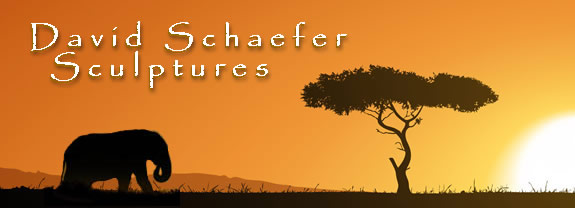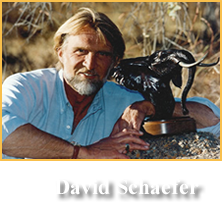 |
|||
|
|||
 |

First the original model has to be molded, this is done using a soft
and pliable latex material which is capable of picking up all the fine
details of the original model. Using this latex mold, an exact replica is made
by pouring hot wax into the form and allowing it to harden.
The wax mold is allowed to harden and it is then removed from the latex mold and perfected, this process is called wax chasing and can take many hours. |
Once the wax mold is perfect, a plug is cut into it and wax spurs are attached at various points. This is called gating and it creates a passage through which the hot gasses can leave when the hot bronze is poured into the wax mold. The wax molds are then coated with several layers of very fine ceramic mud. layer after layer is applied and allowed to dry, this forms a hard, fire proof ceramic shell around the wax mold. It is at this point that the ceramic shell is heated and the wax mold within melts out and the molten bronze is poured into the shell. It is very crucial to maintain a temperature of 1500-2000 F. to assure a good casting of bronze. Once the bronze has cooled the shell is chipped away and the bronze spurs or gates are removed and the sculpture is ready to be metal chased. The metal chasing is a process by which the sculpture is tooled to restore the original surface details and to patch the spur holes and correct imperfections that may have occurred in the casting process. The final stage of creating the bronze sculpture is to apply a color or patina. This is done using a combination of chemicals and heat, the color and tone of the patina depends upon the chemical formula and the manner in which the sculptor hand rubs or polishes the piece. Once the desired affect is achieved, the sculpture is given a protective coating of wax. |
|
